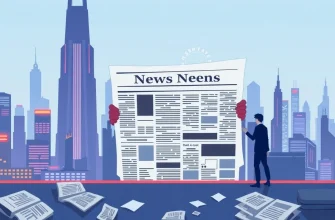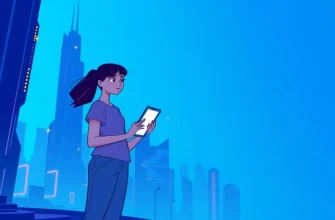In the realm of science fiction, the concept of communication often takes center stage. These films explore the idea of messengers, whether they are human, AI, or something entirely different, delivering messages across time, space, and dimensions. This curated list not only showcases the evolution of technology in storytelling but also delves into the human condition, making it a must-watch for anyone fascinated by the future of communication.

The Matrix (1999)
Description: In this groundbreaking film, messages are sent through the Matrix, a simulated reality, by the Oracle, an AI program, to guide the human resistance. The film explores the concept of digital messengers and the power of information in a virtual world.
Fact: The film's "bullet time" effect revolutionized special effects in cinema. The Wachowskis were inspired by Japanese anime and cyberpunk literature.
 30 Days Free
30 Days Free 
Her (2013)
Description: This film features an AI operating system, Samantha, who becomes a personal assistant and friend to the protagonist. The story delves into the intimate relationship between humans and AI, with Samantha acting as a messenger of emotions and thoughts.
Fact: Scarlett Johansson, who voiced Samantha, was not the first choice; Samantha Morton was originally cast. The film's script was inspired by Spike Jonze's own experiences with technology.
 30 Days Free
30 Days Free 
The Adjustment Bureau (2011)
Description: Here, the messengers are agents of fate who ensure that people follow their predetermined paths. The film explores the idea of free will versus destiny, with these agents as the messengers of a higher power.
Fact: The film is loosely based on Philip K. Dick's short story "Adjustment Team." The hats worn by the agents were chosen to symbolize their control over destiny.
 30 Days Free
30 Days Free 
Contact (1997)
Description: This film involves a message from an alien civilization received through radio signals. The protagonist, an astrophysicist, becomes the messenger to humanity, interpreting and responding to this cosmic message.
Fact: The film's plot was inspired by real-life SETI (Search for Extraterrestrial Intelligence) efforts. Jodie Foster did extensive research to portray her character authentically.
 30 Days Free
30 Days Free 
The Signal (2014)
Description: A group of friends are lured into a mysterious event by a hacker's signal, leading to an encounter with an alien intelligence. The film plays with the idea of signals as messengers from unknown entities.
Fact: The film was shot in chronological order to capture the actors' genuine reactions. The ending was kept secret from the cast until the final day of shooting.
 30 Days Free
30 Days Free 
Frequency (2000)
Description: A father and son communicate across time through a ham radio, altering the past and future. This film explores the concept of time as a medium for messages, with profound consequences.
Fact: The film's premise was inspired by a real-life incident where a man claimed to have spoken to his deceased father through a radio. The movie was shot in New York City, adding authenticity to its setting.
 30 Days Free
30 Days Free 
The Thirteenth Floor (1999)
Description: In this film, virtual reality worlds are created where characters can send messages to each other, blurring the lines between reality and simulation. It's a mind-bending exploration of digital messengers.
Fact: The film is based on the novel "Simulacron-3" by Daniel F. Galouye. It was released in the same year as "The Matrix," leading to comparisons between the two.
 30 Days Free
30 Days Free 
The Butterfly Effect (2004)
Description: The protagonist can travel back in time to his childhood, where his actions send messages to the future, altering his life and those around him. The film delves into the ripple effect of time travel.
Fact: The film had multiple endings, with the theatrical release being the most popular. Ashton Kutcher lost 25 pounds for his role to portray the physical toll of time travel.
 30 Days Free
30 Days Free 
The Congress (2013)
Description: An actress sells her digital likeness to a studio, which then uses it to create messages and performances in a virtual reality. The film explores the commodification of identity and the role of digital messengers in entertainment.
Fact: The film is based on the novel "The Futurological Congress" by Stanisław Lem. It combines live-action with animation, reflecting the theme of reality versus virtuality.
 30 Days Free
30 Days Free 
Upgrade (2018)
Description: After a tragic accident, a man receives a cybernetic implant that communicates with him, guiding him through revenge. The implant acts as a messenger, providing information and control over his body.
Fact: The film was shot in Melbourne, Australia, with many scenes done in practical locations. The director, Leigh Whannell, also wrote the screenplay, known for his work on the "Saw" franchise.
 30 Days Free
30 Days Free 








